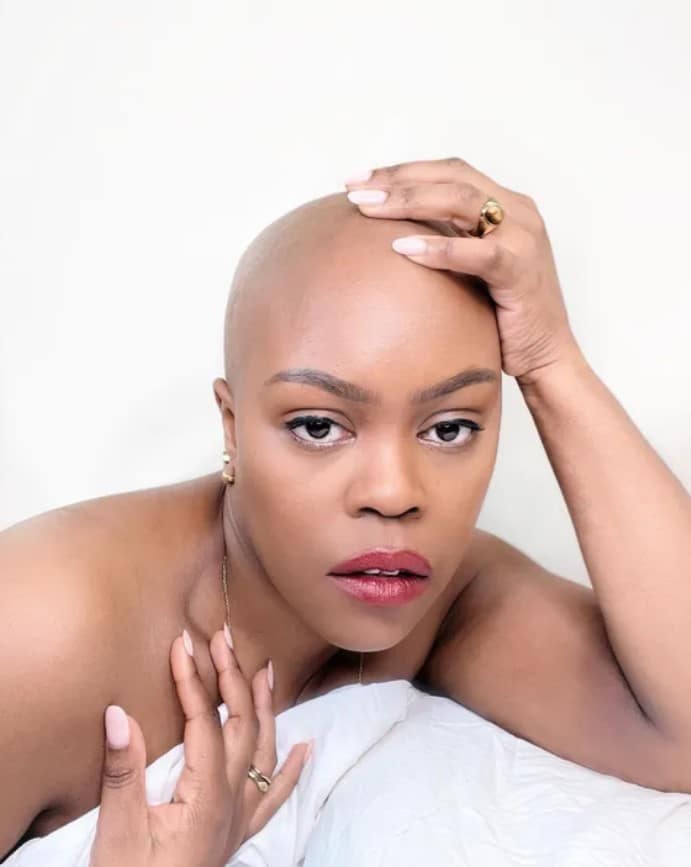
In 2012, after giving birth to her first child, Gina Knight found herself crying in the shower as she held the hair that was once attached to her head in her hands.
This wasn’t the first time she had experienced hair loss. Earlier that year she noticed a small coin-shaped bald patch on her head. It caused her some concern, but she decided to put it to the back of her mind. However, as her pregnancy progressed, the patch began to spread and others appeared.
This time she decided to see a doctor who without a second thought blamed it on her hair practices. “Stop braiding your hair,” one doctor said; “Stop relaxing your hair,” said another.
The thing was, Knight was doing neither. In fact, she had spent the past four years growing a successful beauty blog, Natural Belle, where she talked about her journey to chemical-free Afro hair.
“My hair practices were actually pretty good — and yet, I had a head of beautiful thick hair that was now rapidly falling out,” Knight says.
After being dismissed, Knight’s doctors went from diagnosing her hair loss as a “Black woman problem” to a “pregnant woman problem”. They told her hair shedding was normal so she trusted their judgment. Her hair loss worsened.
Eventually, Knight decided to take matters into her own hands.
“Through my own research and a visit to a trichologist, I later found out that I had a rare form of alopecia called Central Centrifugal Cicatricial Alopecia (CCCA), an autoimmune condition that is likely genetic and affects mostly Black women,” Knight shares.
RELATED: Black Women & CCC Alopecia: 5 Things You Must Know
A lack of understanding for people with alopecia
Knight says that overall there is a lack of understanding of what people with alopecia have to go through.
“Women with hair loss have all been ridiculed. Countless women have contacted me saying








